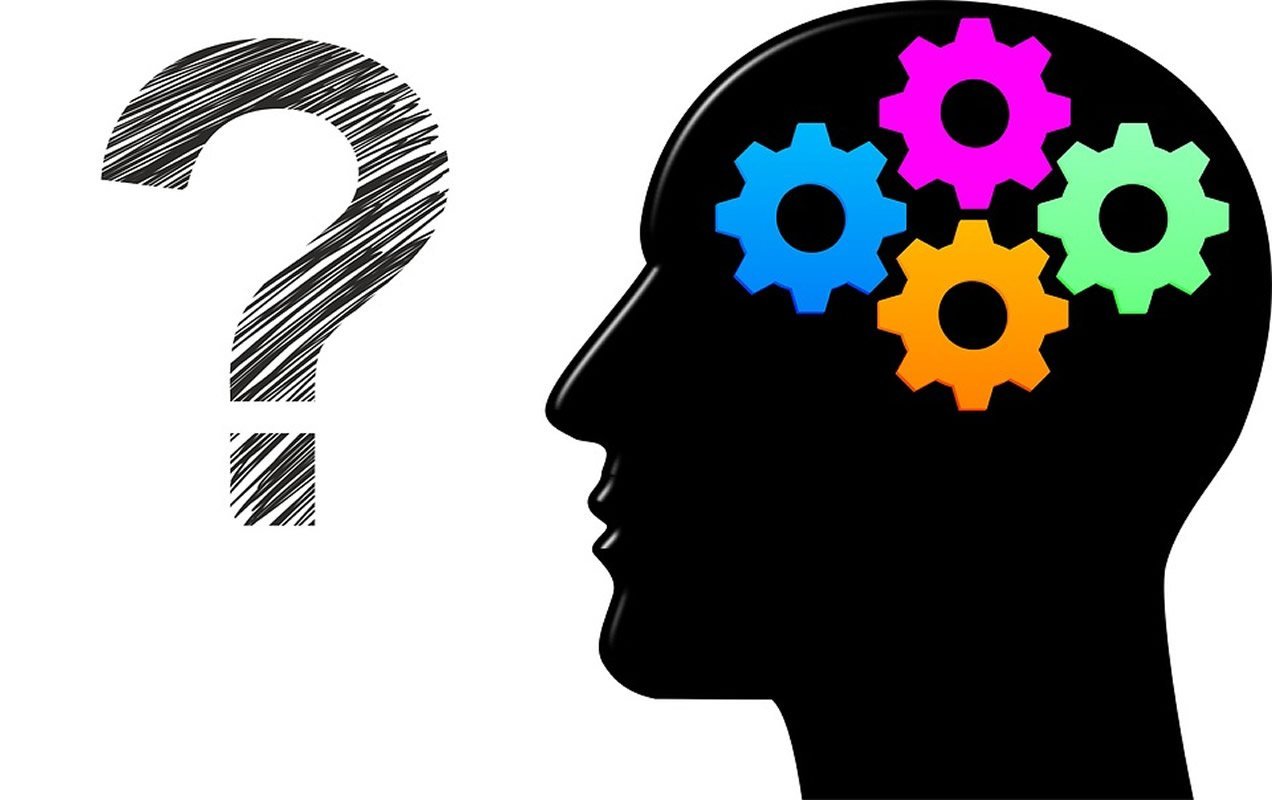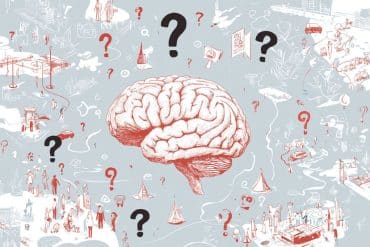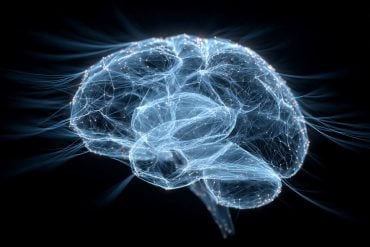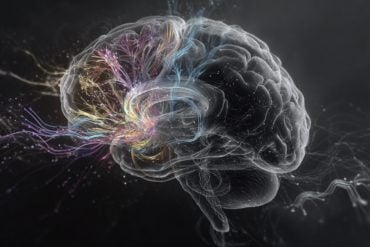Summary: The orbitofrontal cortex (OFC) appears to play a significant role in our ability to make decisions. A network connecting the OFC and nucleus accumbens translates negative outcomes into values, while the OFC-amygdala circuit helps stabilize action values.
Source: Yale
A prevailing theory in neuroscience holds that people make decisions based on integrated global calculations that occur within the frontal cortex of the brain.
However, Yale researchers have found that three distinct circuits connecting to different brain regions are involved in making good decisions, bad ones and determining which of those past choices to store in memory, they report June 25 in the journal Neuron.
The study of decision-making in rats may help scientists find the roots of flawed decision-making common to mental health disorders such as addiction, the authors say.
“Specific decision-making computations are altered in individuals with mental illness,” said Jane Taylor, professor of psychiatry and senior author of the study.
“Our results suggest that these impairments may be linked to dysfunction within distinct neural circuits.”
Researchers used a new tool to manipulate brain circuits in rats while they were making choices between actions that led to them receiving rewards or no rewards. The authors found decision-making is not confined to the orbital frontal cortex, seat of higher order thinking. Instead, brain circuits from the orbital frontal cortex connecting to deeper brain regions performed three different decision-making calculations.
“There are at least three individual processes that combine in unique ways to help us to make good decisions,” said Stephanie Groman, associate research scientist of psychiatry and lead author of the research.
Groman says an analogy would be deciding on a restaurant for dinner. If restaurant A has good food, one brain circuit is activated. If the food is bad, a different circuit is activated. A third circuit records the memories of the experience, good or bad. All three are crucial to decision-making, Groman says.

For instance, without the “good choice” circuit you may not return to the restaurant with good food and without the “bad choice” circuit you might not avoid the restaurant with bad food. The third “memory” circuit is crucial in making decisions such as whether to return to the restaurant after receiving one bad meal after several good ones.
Alterations to these circuits may help explain a hallmark of addiction – why people continue to make harmful choices even after repeated negative experiences, researchers say.
The Yale researchers previously showed that some of the same brain computations were disrupted in animals that had taken methamphetamine.
“Because we used a test that is equivalent to those used in studies of human decision- making, our findings have direct relevance to humans and could aid in the search for novel treatments for substance abuse in humans,” Groman said.
Source:
Yale
Media Contacts:
Bill Hathaway – Yale
Image Source:
The image is in the public domain.
Original Research: Closed access
“Orbitofrontal Circuits Control Multiple Reinforcement-Learning Processes”. Stephanie M. Groman, Colby Keistler, Alex J. Keip, Emma Hammarlund, Ralph J. DiLeone, Christopher Pittenger, Daeyeol Lee, Jane R. Taylor.
Neuron. doi:10.1016/j.neuron.2019.05.042
Abstract
Orbitofrontal Circuits Control Multiple Reinforcement-Learning Processes
Highlights
• Distinct OFC circuits make unique contributions to flexible decision making
• OFC-nucleus accumbens circuit incorporates negative outcomes into values
• OFC-amygdala circuit stabilizes action values
• Amygdala-OFC circuit incorporates positive outcomes into values
Summary
Adaptive decision making in dynamic environments requires multiple reinforcement-learning steps that may be implemented by dissociable neural circuits. Here, we used a novel directionally specific viral ablation approach to investigate the function of several anatomically defined orbitofrontal cortex (OFC) circuits during adaptive, flexible decision making in rats trained on a probabilistic reversal learning task. Ablation of OFC neurons projecting to the nucleus accumbens selectively disrupted performance following a reversal, by disrupting the use of negative outcomes to guide subsequent choices. Ablation of amygdala neurons projecting to the OFC also impaired reversal performance, but due to disruptions in the use of positive outcomes to guide subsequent choices. Ablation of OFC neurons projecting to the amygdala, by contrast, enhanced reversal performance by destabilizing action values. Our data are inconsistent with a unitary function of the OFC in decision making. Rather, distinct OFC-amygdala-striatal circuits mediate distinct components of the action-value updating and maintenance necessary for decision making.






